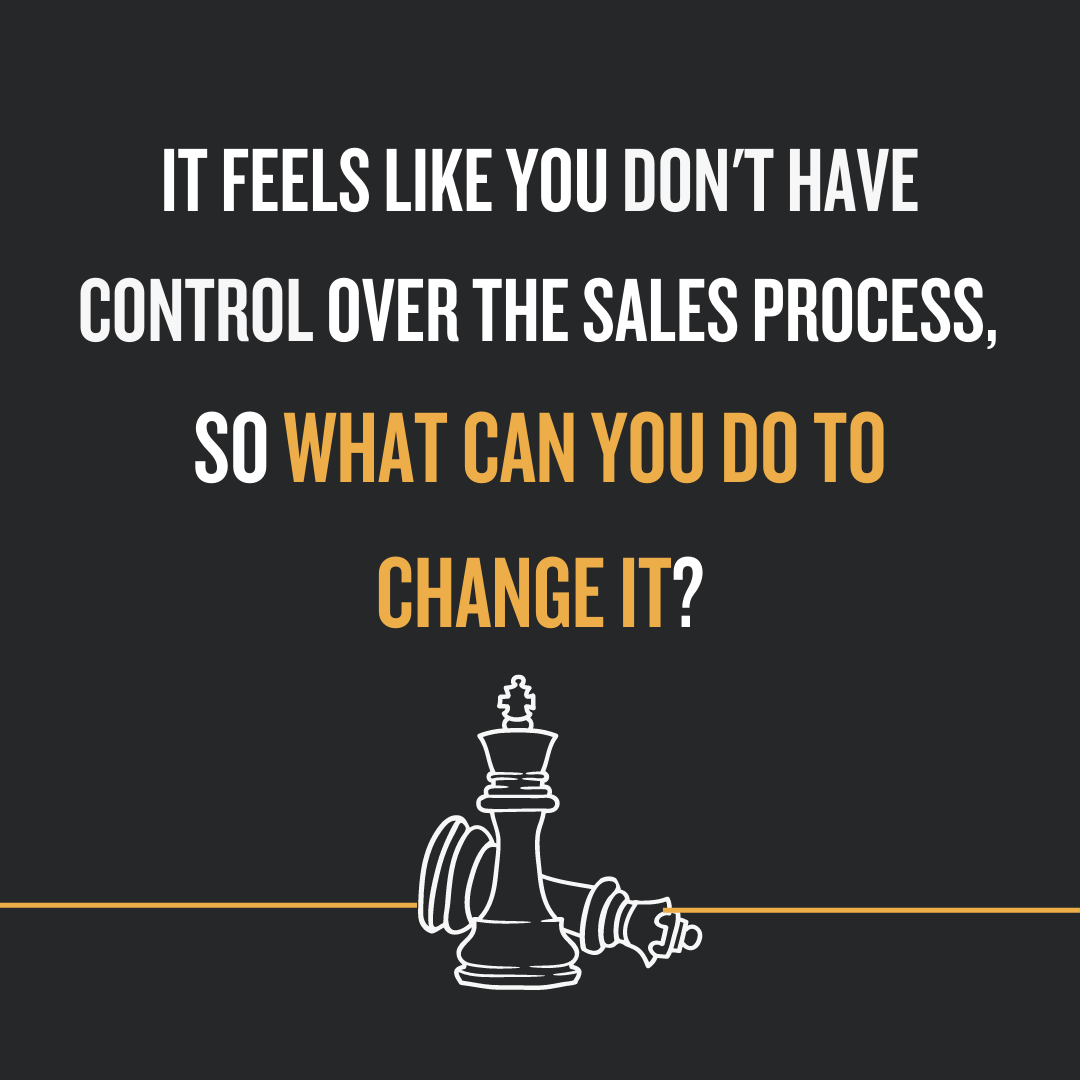It's one of those things where 20% effort results in 80% outcome. You already spent the time and effort in generating a lead and scheduling this call. Spending a few minutes before every demo call to prepare will make sure you're not wasting a lead, and maximize your chances to close.
In my other articles, I already covered different topics on how to prepare for your demo. But in this piece, we’ll touch upon all of the main steps to consider in your preparation right before the call. Some of them you already know, some information will be new and some tips will bring new insight to your own knowledge.
So, let’s dive deeper, shall we?
Worksheets are available to download later below.
Check your tech
If you're going to have a meeting that is not in person, make sure that everyone who is attending will be able to access the meeting remotely. This means that they will have good Internet access and they will know the call-in or Zoom details.
In case you are meeting someone in person, make sure you show up on time, or even a little bit early. That’s how you’ll ensure everything is ready: the room is prepared for the meeting, and check if you have any adapters or connectors that you might need. To understand what you need to bring to a meeting you can reach out to the prospect or their assistant and ask about the room.
For example, do you have a TV? You should also take a look at what kind of cables they have before deciding if you need to bring your own.
Sales professionals need to be able to connect with tech in order to understand what their prospects are using. However, many sales professionals don't take the necessary steps to learn about the tech and end up being unprepared. They might not know how to use certain tech or they might not have the right equipment with them when they meet their prospects.
There's nothing worse than trying to get all of the tech set up for the first five minutes of a meeting while people are looking at you in the room. That also applies to remote meetings. It all comes down to having an Internet connection and making sure your team is ready as soon as the meeting begins.

Prepare Supporting Materials
The small but important thing to do in your preparation process: if you're having an on-site meeting, make sure you've got all of the required supporting materials printed out or ready to go on your computer ahead of time.
Or do your best to open all the appropriate tabs and make sure that everything is ready to go if you're conducting a remote search. So there are no last-minute surprises. Because in the sales field last-minute surprises rarely mean something good.

Research your prospects
That way, you will be aware of any important announcements they may have made. This is important so that you don't miss anything when talking to them.
So, make sure you research any current news that may have come up about your prospect.
As I mentioned earlier, not knowing basic stuff about your prospect is a way to lose them. On the other hand, when you know enough about the prospect and their company and keep up with their news - then it’s a good method to build a connection from the very beginning.

If we’re talking about SaaS sales, you can use this tip to research your prospect: try out sites like www.builtwith.com or https://stackshare.io/stacks and check if you can actually see what their current tech stack is. It gives you a sense as to what competitors they may be working with today.

Review prospect’s LinkedIn
Make sure you review the LinkedIn profiles of all the team members that you are certain will attend the meeting from the prospect's side. Because, this will help you get a sense of their backgrounds, where they are based, and what their titles and roles are. Plus, this information can give you some insight into what to expect during your discussion.
If you won’t know basic info about your prospects - they will sense it immediately. They will feel as if you didn’t make an effort to study them, therefore they are not as important.
So, to avoid s hard feelings like that do your basic research and review their Linkedin.

Adapt your style
You don’t talk the same way to a 5-year-old and a 50-year-old, right? That’s why I always advise taking your time and analyzing your prospect so, later, you’d be able to adapt your style.
For example, if we are talking to high-level decision-makers, we certainly want to ask more value-driven high-level questions. Because it’s what matters to this prospect the most: to-the-point facts-focused, and business case ROI-oriented conversation.
But it’s not the easiest task to categorize your prospect. But to that, I advise using segmentation to understand your prospect persona.
Let’s say, you've worked with the prospect before, or you've been on calls with them previously, then you can actually start uncovering their persona:
“Okay, based on what I understand to be the personality type of Joe, I'm going to really adapt my style in this call to Joe.”
Then you dig deeper and uncover it even more:
“I know Joe just likes to focus on the data so I'm going to be very data-driven. I'm going to be succinct, I'm going to be quick and I'm going to be exact and I'm going to move on.”
These are the areas that I really encourage you to think through the title and
the personality of the prospect if you have a line of sight into that so that you can adjust accordingly.
You can also use tools like https://www.crystalknows.com/ to get an idea of the communication style of a prospect.

Share Success Stories
In one of my previous articles, I’ve already talked about the importance of customer success stories. Feel free to check out the said article here.
To sum it up, in your preparation process take time and gather the best customer success stories relevant to this particular prospect. This way you’ll make the prospect more invested and prove that you’ve already worked with the same cases before.
Here some exercises you can do to become a pro in sharing customer success stories:


Prepare Discovery Questions
You never want to leave a call and then remember that you forgot to ask some key questions, right? That’s why I always advise having discovery questions prepared: printed or in digital format.
Sometimes even the most experienced reps can get lost in the conversation and forget to ask key questions. That’s natural, our memory isn’t perfect and when it’s overloaded with tons of information we tend to forget even about the basic stuff.
That’s why I offer to think ahead and prepare questions before the call. Obviously, you don't want it to look like you're reading from a script, but creating bullet points or a list of questions will be a good idea to be in control of your call and the information you’re receiving.

Study the competition and deposition
If you can, try to find out information about your competitors in advance. This will help you prepare for what they might ask and how you should react. Besides, knowing your competitors has a lot of perks, which I covered in one of my previous articles.
So, if you have any current customers who used to be with your competitor, find out why they left and use that information to your advantage.

Prepare for Objections
The next thing you need to do is think about the key objections people may have.
Now, if you've been selling this solution for a while, you know the main questions or objections people may have. For example, if you know a CFO will be on the call, then have a list of questions that CFOs typically ask. This will save you from unexpected situations and will help you during mundane objections, that are typical to the person in that position.
But if you still have problems and sometimes struggle to study your prospect and their possible objections, then I advise this: treat this process as a learning moment.
“I will be willing to change my mind if I am wrong, and this will help me learn.”
This is a very positive mindset that will help you to fight objections with ease, curiosity, and even more desire than before. So, turn your nerves into excitement and move forward with your prospect.

Add value to the call
One of the best tips that I can give you:
Come prepared in your pre-call planning, with any specific, relevant, and interesting insight that may add value to the discussion.
It could be customer benchmarks that you believe are going to be relevant to your hypothesis of what their need is. It may be industry benchmarks bring new insight that your prospect may not have thought of before.
That’s how you add and prove value right off the bat. You need to add enough value to your prospect’s calls that they get off the call with a thought:
“I actually would have been willing to maybe pay for that service or product.”
And think about this for a second: If you take the time to prepare for calls and your competitor does not, you will have a better chance of succeeding. Because you will be ready for whatever the other person says, while your competitors might not.

Start an Organization Chart
You should start creating an Org Chart of the company you are selling to. This will help you understand who the key decision-makers are, as opposed to influencers and users. It is important to know this information as you move through each step of your sales call. As you fill out the Org Chart, make sure it gets more and more complete.
In some cases, you might want to aim for as many personal contacts within the prospect company as possible, especially when it comes to upselling in the future.
You don't want to do anything without talking to your Champion first. You should ask them to introduce you to people in the company or help you figure out what is going on inside the company. But it is also important that you make sure you are aligned with your team, the other teams in the company, as well as yourself.

Collaborate with your champion
As you get further along in the sales process, and you have talked to the prospect a lot, let's say you are getting ready for a call with a few people on your side to help support the discussion - for example, someone from your product team or finance. On the prospect's side, they are also bringing a few people.

Sometimes people waste time on calls because the sales rep didn’t spend enough time preparing. As a sales rep, you should work with your champion to determine how you will use your time with the people involved in the sale. This will help make sure that everyone gets what they need from the call.

So here, I recommend figuring out if it’s worth having a quick 15-minute touch-base call between you and your Champion.

This will help make sure that you have a clear understanding of the desired outcome of the meeting, the agenda, and any pre-work that needs to be done to make sure that your meeting will run smoothly.

Usually, if you and the Champion work together on a project, it will be more efficient and respectful of the prospect's time. And this in turn will help you move the deal forward more quickly.
And if you want to learn more about how to prepare your team and your prospect before the call, feel free to check my previous article about demo planning.
Set the right tone
Forget for a second that you’re a sales rep and try to remember this situation:
You are a prospect and you're waiting for a demo to begin. But your seller is late, as well as their team. They don't even seem to be organized and it seems like they're not working together well.
Doesn’t give you an impression of a trustworthy company, right?
Prospects don’t need or want to see your team as an unorganized mess. And more importantly, they don’t want to be a part of your unorganized mess.

You see, most things usually end the way they start. And you want to start your relationship with a potential customer in a positive way. The best way to do this is to make sure you have a pre-call planning checklist that you use every time.
In the previous article, I created a worksheet with all checklists that will make your planning much easier. You can download worksheets here.
To make your demo planning easier I created worksheets with all checklists and exercises that will change your planning process for the better.
Download worksheets
And, as promised, feel free to download these worksheets to practice new knowledge!








